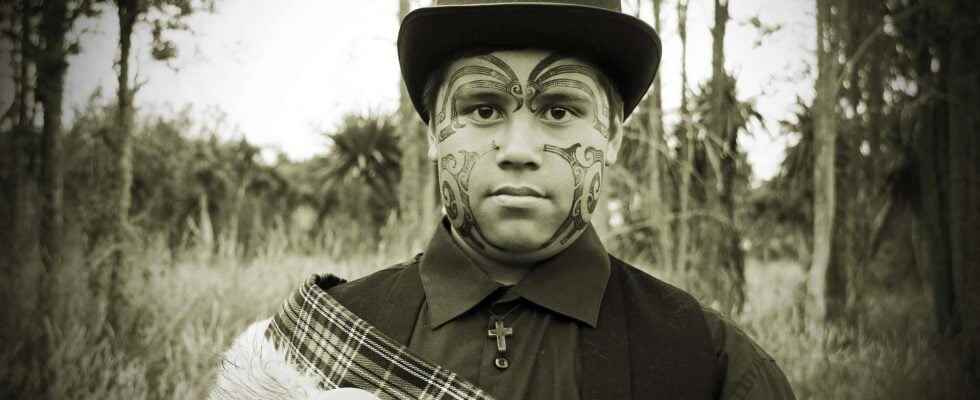You will also be interested
[EN VIDÉO] Humanity shares 70% of its facial expressions The approximately seven billion humans inhabiting the Earth would have another point in common. Finally, 16 common points. They would share 16 facial expressions in similar contexts.
Whether temporary or permanent, the tattoos on the face are the enemies of facial recognition, just like a mask or a balaclava. Mathias Ibsen and his colleagues at the University of Applied Sciences in Darmstadt, Germany, found that paint, make-up and tattoos could affect the performance of face recognition systems when placed on important areas of the face, such as cheeks, chin and nose.
” As face tattoos are a form of permanent alteration that cannot be easily removed, it is of particular interest to investigate whether digital removal of face tattoos can improve the performance of face verification systems. writes Ibsen in his latest study.
Generative adversarial networks in action
With his team, he embarked on a facial recognition project with tattooand for this he chose thedeep learning with two distinct stages. The first is to virtually add facial tattoos to images of naked faces. Beforehand, the face was “cut” into different areas where tattoos are usually found. The AI then has the original face on one side, and the other, created virtually, with different tattoos placed on the face that occupy between 5 and 25% of the face.
Then comes into action what are called the ” generative adversarial networks or GAN in English (Generative Adversarial Network). These are unsupervised learning algorithms based on networks of neurons artificial, and the goal is to teach the AI to match a tattooed facial image to a corresponding non-tattooed facial image. In this system, two neural networks work in parallel, one creating the images and the other confronting them with real images. This is what is used to create fake faces like in the deepfakebut also to flush them out since an AI is able to recognize a face created by a machine, from a real face.
A low error rate
After comparing and distinguishing the bare face from a tattooed face, the AI then removed the tattoo on the face from images of tattooed faces, and the modified images were tested against a facial recognition system. As a result, the error rate was halved when the tattoos were removed by the AI.
“ Preliminary study presents a useful technique to train algorithms to remove facial tattoos and improve recognition accuracy “, explains Kay Ritchie, of the University of Lincoln, in the United Kingdom, in The New Scientist. However, this researcher points out that, since the images used to train the algorithm are themselves digitally modified, this technique might not be as effective with real, unmodified images. Another point to improve and deepen: the AI is ineffective against tattoos that cover almost the entire face, as is the case with certain ethnic groups.
Interested in what you just read?
